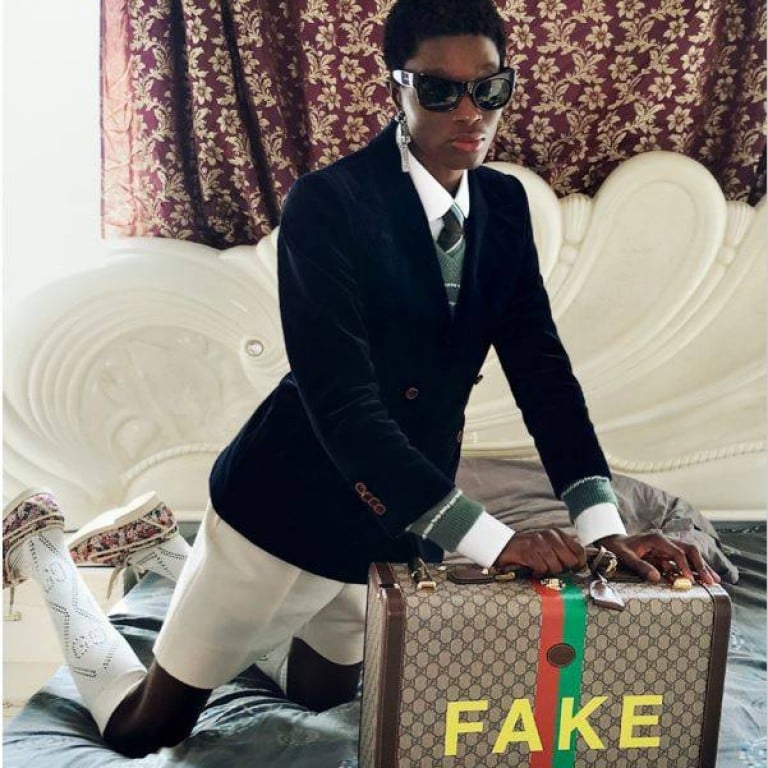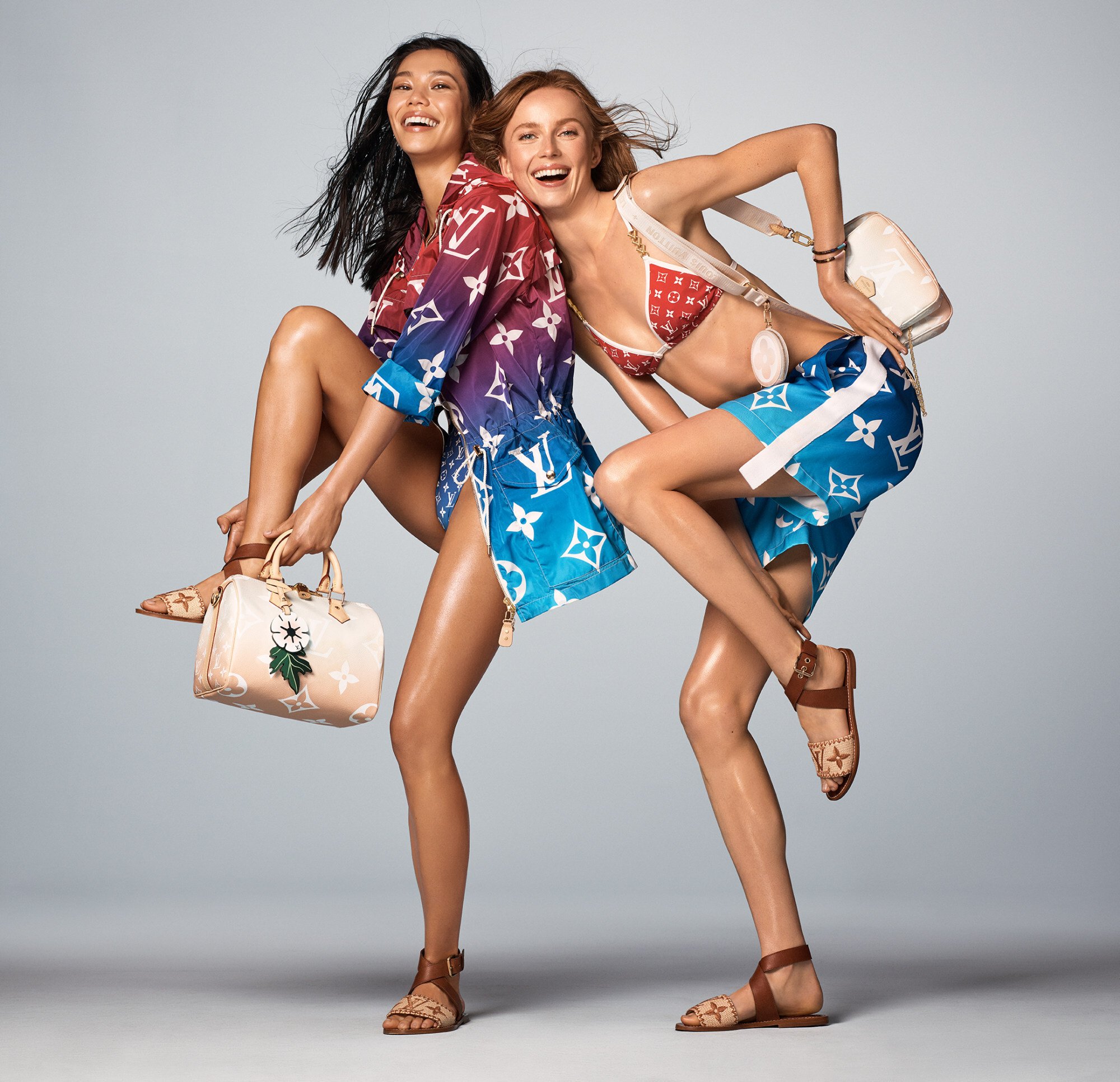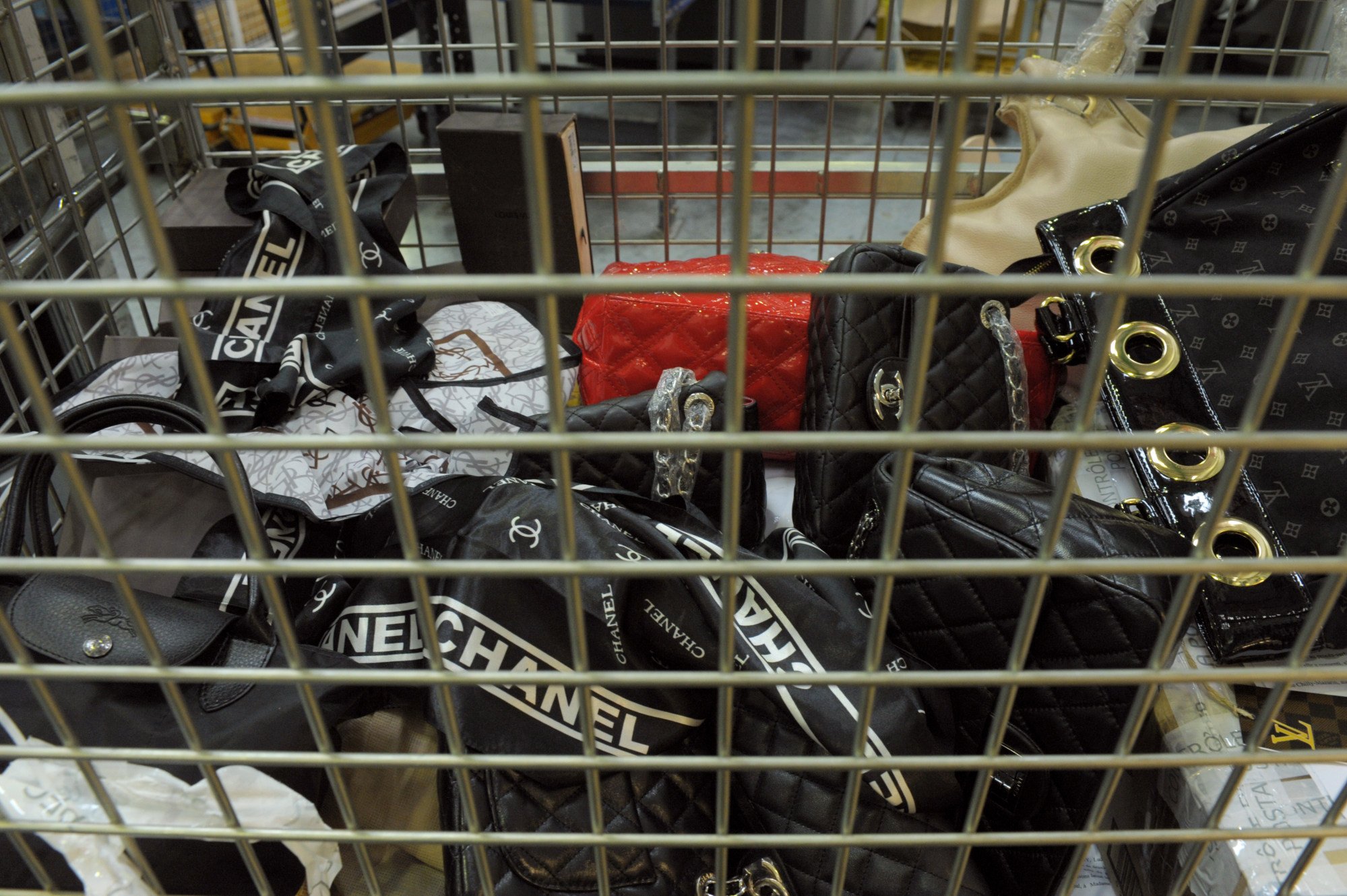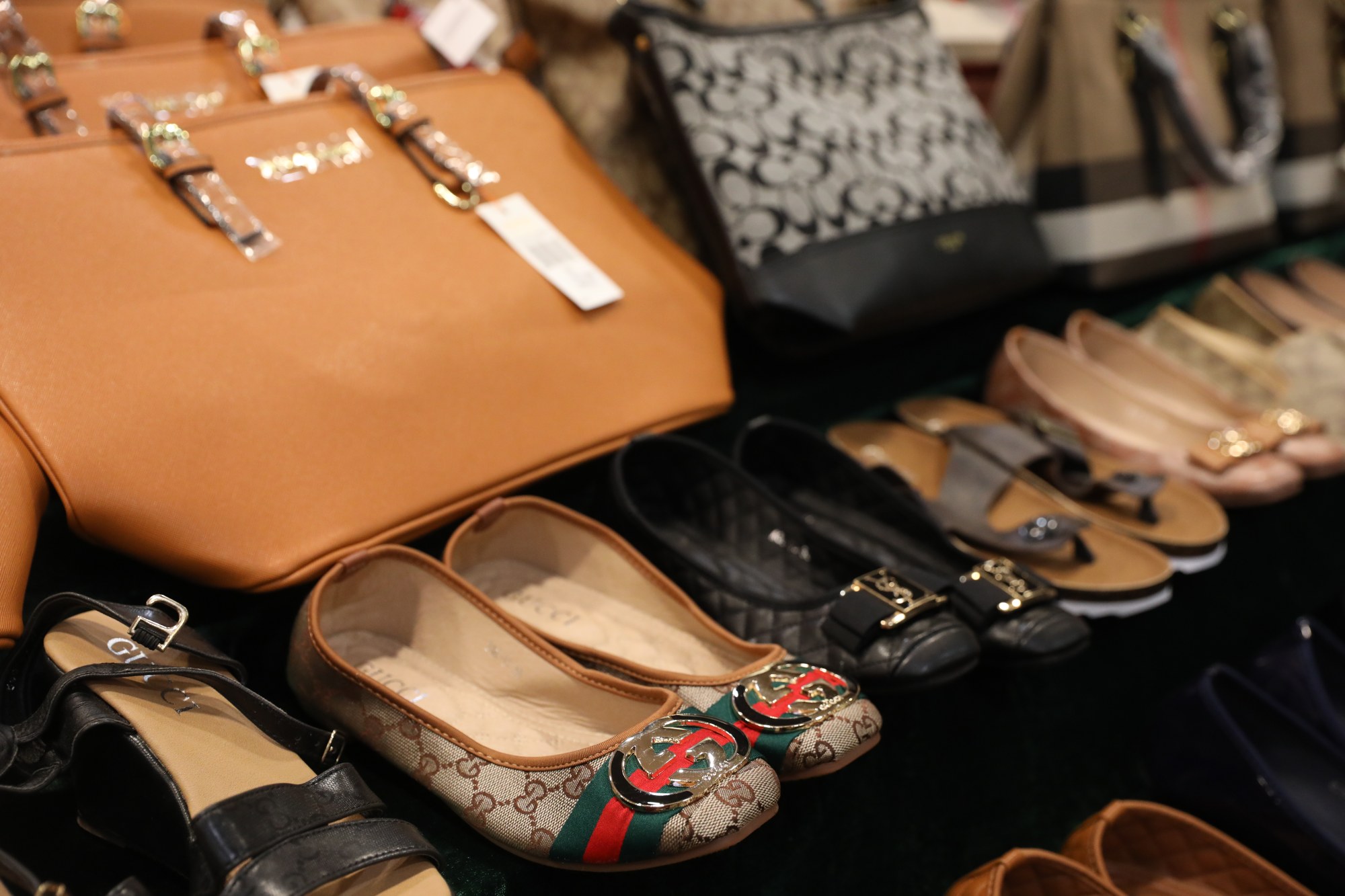These 4 types of people buy fake luxury goods: why even rich Chinese consumers choose counterfeit brands, and how to stop them

Fresh media reports of Chinese authorities breaking up counterfeiting operations worth millions of dollars are a stark reminder that the luxury industry faces steep challenges.
Despite significant progress in the fight against counterfeiters, it only takes a few clicks for Chinese consumers to acquire the fake luxury items of their choice. The relative ease of buying and selling counterfeits, and the increased sophistication of their production and distribution, remains a headache for many luxury brands.

While luxury brands try to enhance their desirability, counterfeits erode their brand images. That raises the question: how can luxury brands break this vicious cycle?
Although technology is helping to battle the counterfeit supply, there’s a need to curtail the consumer demand for counterfeits. That is, admittedly, not an easy task. Yet, if the luxury industry can identify who buys counterfeits and uncover their underlying motives, it could help shift consumer sentiment.

One common misconception is the stereotype of a typical counterfeit buyer: they are not a homogeneous group, and counterfeit consumption is driven by varying motives.
The following four profiles provide insights into how luxury brands can prevent fakes from becoming an accepted substitute for authenticity.
The four counterfeit consumer profiles

“Dreamitators” (a hybrid of “dreamers” and “imitators”) are the closest to the stereotypical counterfeit buyer. They are predominantly young people lacking the financial resources to purchase conspicuous, logo-branded items like Louis Vuitton bags or designer sunglasses in the hope of imitating the style and prestige of higher income and social groups. They seek the dream of owning a luxury brand to give them instant recognition and elevate their status among their peers. Poor quality counterfeits often provide short-cut access to a luxury-inspired lifestyle.
Face savers are generally young professionals who buy counterfeits to blend in and be accepted by their social group. Peer pressure or the concept of “saving face” compels this group to seek an affordable alternative to the genuine item. Many of them appreciate the societal value of luxury brands, but they think counterfeits deliver enough quality.

Smart fakers are price sensitive and style conscious, and counterfeits provide them with an extended wardrobe that includes authentic luxury brands. To them, shopping is fun, and there is a need to be up-to-date with the latest trends when expressing themselves in differing social contexts like a bag for work or socialising with friends. Smart fakers are meticulous in choosing the right counterfeit item. The item must not be conspicuously fake as this would have a detrimental effect on their image credibility.
Fraudsters are higher-income consumers who can afford to purchase luxury brands but are willing to pay a premium for high-grade counterfeit items. They think the design and material quality used in counterfeits should be comparable to the real thing and see them as low-risk purchases. Fraudsters know they can get away with mixing counterfeits with original luxury products but would lose face if they were discovered to be a counterfeit shopper. Fraudsters enjoy the thrill of searching for a good deal, which may connect them to their more modest past.
Changing attitudes and behaviours

The good news? This seemingly insatiable demand for counterfeits might be suppressed if luxury brand executives consider a range of pre-emptive measures to gain control of brand exposure in the marketplace.
Let us first consider dreamitators, who are probably the most visible followers of luxury counterfeits. The wide availability of lower-priced items or the promotion of diffusion brands could give these consumers a viable alternative to brands that might otherwise be out of their financial reach. The challenge here, of course, is to address the delicate balance between accessibility and exclusivity.

Second, there is a pressing need for luxury brands to counter misconceptions. This is where brands can play on their strengths and stress – particularly to face savers – that “second best” will never suffice. They must prove the real difference in quality between authentic and counterfeit items and that the difference is not negligible.
Finally, the social stigma attached to owning a counterfeit could effectively convince smart fakers and fraudsters that they will lose face. Inspiration can come from the 2018 Japan Patent Office (JPO) anti-counterfeiting campaign called “Buying Fake Products Just Isn’t Cool”. The moral obligation to reject counterfeit purchases could offer brands an additional argument when stressing the value of saving face.
Counterfeiting won’t ever be completely defeated, but the message should be clear for all counterfeit shoppers: faking luxury should never be in fashion.
Want more stories like this? Sign up here. Follow STYLE on Facebook, Instagram, YouTube and Twitter.
This article originally appeared on Jing Daily

- Brands like Gucci and Louis Vuitton lose millions to counterfeits – why don’t buyers worry about losing face from the social stigma of owning a fake?
- Widely available lower-priced items or diffusion products could give some counterfeit consumers an alternative to brands otherwise out of their financial reach